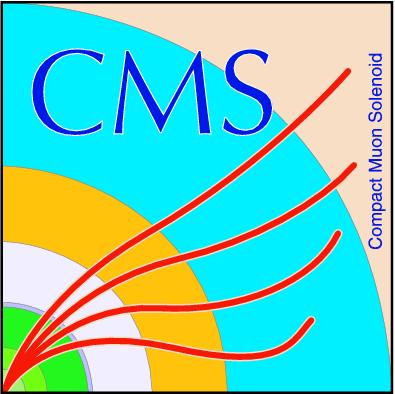
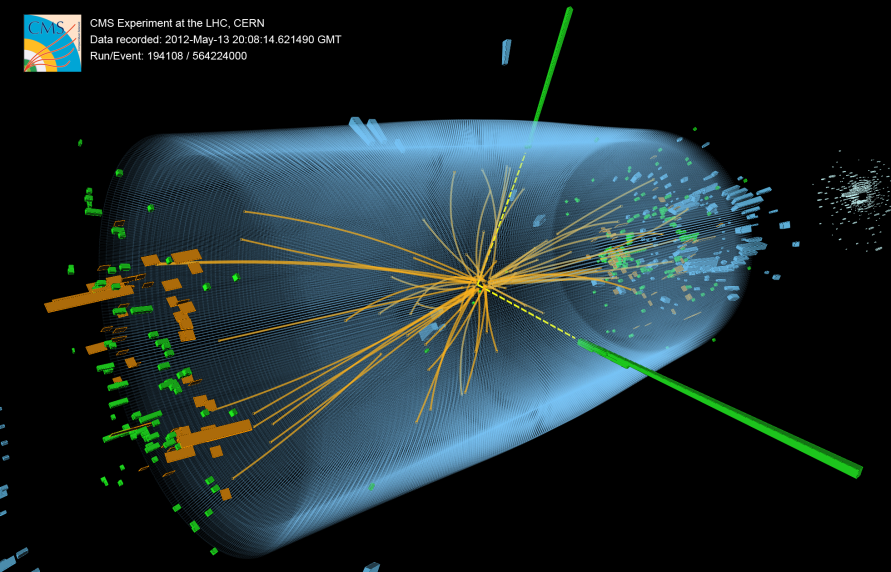
Compact Muon Solenoid
LHC, CERN
| CMS-PAS-B2G-24-007 | ||
| Search for heavy H$ \gamma $ and Z$ \gamma $ resonances with a b quark pair in the final state in proton-proton collisions at $ \sqrt{s} = $ 13 TeV | ||
| CMS Collaboration | ||
| 21 May 2025 | ||
| Abstract: A search for heavy resonances decaying into a H or Z boson and a photon, with the H and Z bosons decaying to a pair of bottom quarks ($\mathrm{b\bar{b}}$) is presented. The analysis is performed in proton-proton collision data at $ \sqrt{s}= $ 13 TeV collected by the CMS experiment at the CERN LHC, corresponding to an integrated luminosity of 138 fb$ ^{-1} $. The analyzed events include a photon and a massive, large-radius jet with a significant Lorentz boost containing the $\mathrm{b\bar{b}}$ system and is identified as a candidate for the H or Z boson. An advanced flavor tagging algorithm based on the transformer architecture is used to classify jets into 314 categories based on their substructures, and it is employed to efficiently identify and select H and Z boson candidate jets decaying into $\mathrm{b\bar{b}}$, suppressing background. A set of parametric functions is used to fit the photon-jet invariant mass spectrum and to extract potential signals. No significant excess above standard model expectations is observed. The results are interpreted as upper limits on the product of the production cross section and branching fraction for narrow spin-1 H$ \gamma $ resonances and for spin-0 Z$ \gamma $ resonances of various widths. These limits are the most stringent to date. | ||
|
Links:
CDS record (PDF) ;
CADI line (restricted) ;
These preliminary results are superseded in this paper, Submitted to Science Bulletin. The superseded preliminary plots can be found here. |
||

|
Compact Muon Solenoid LHC, CERN |
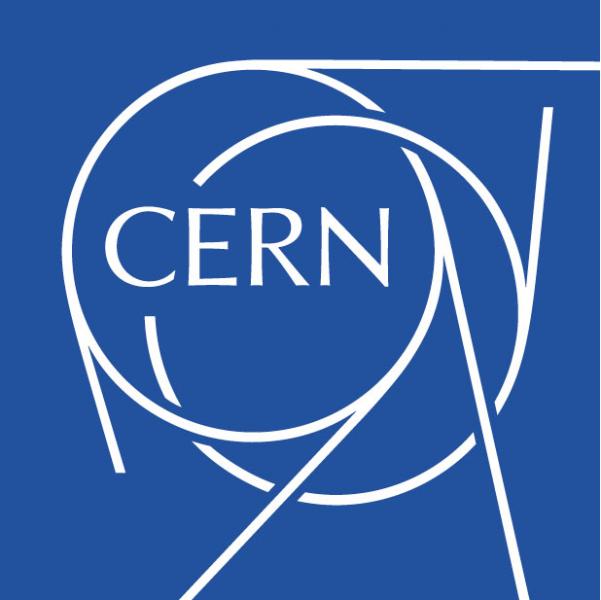
|
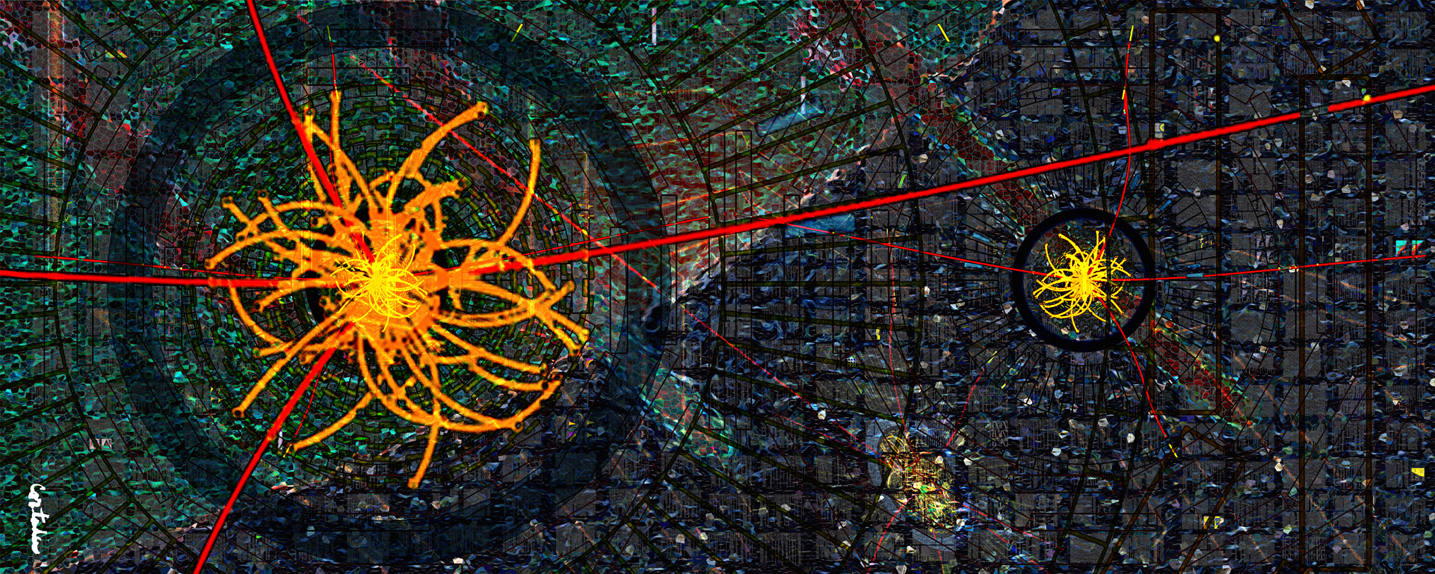
|
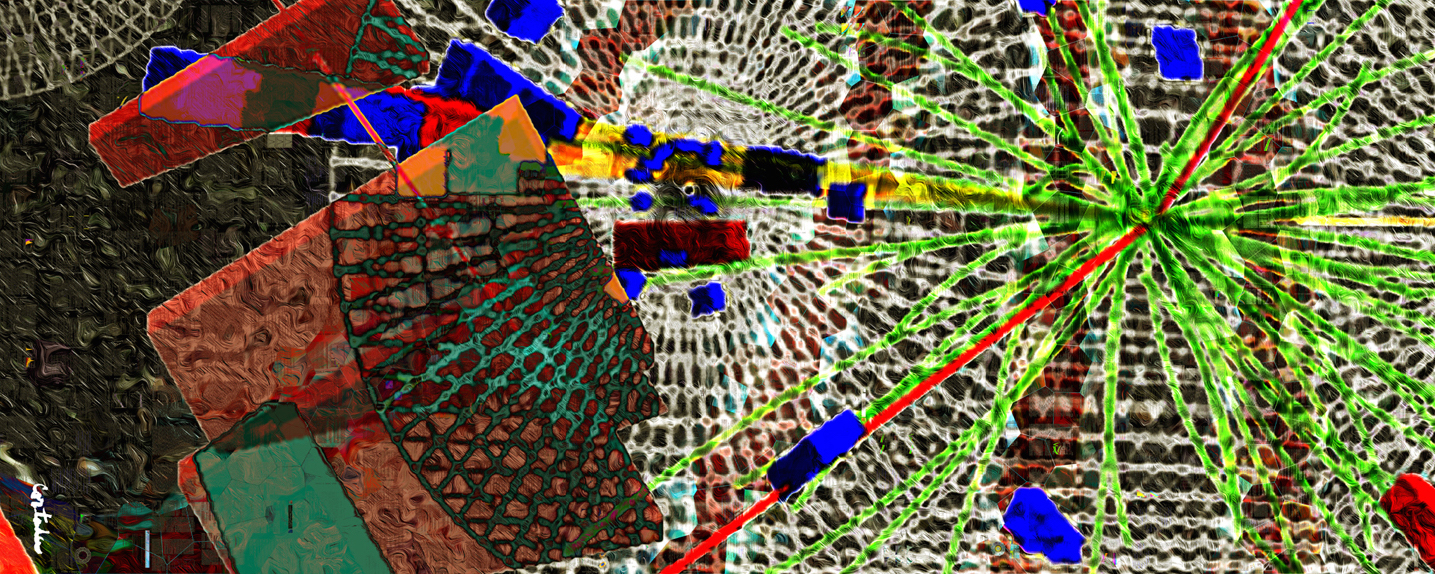
|
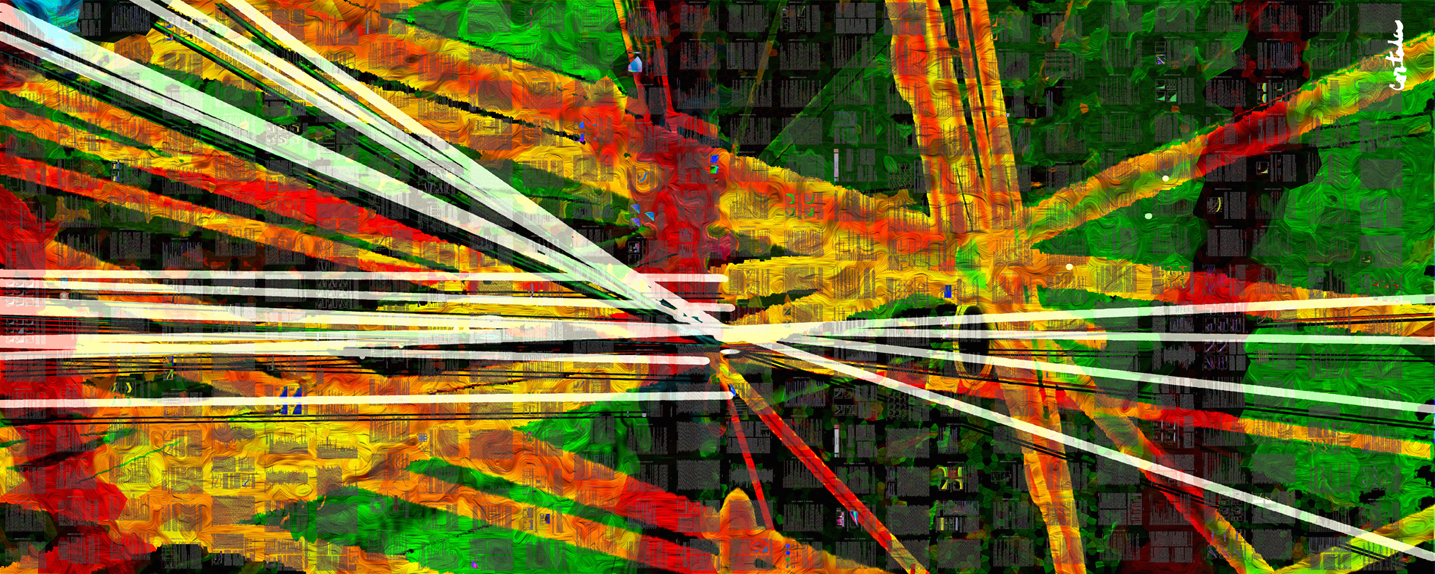
|
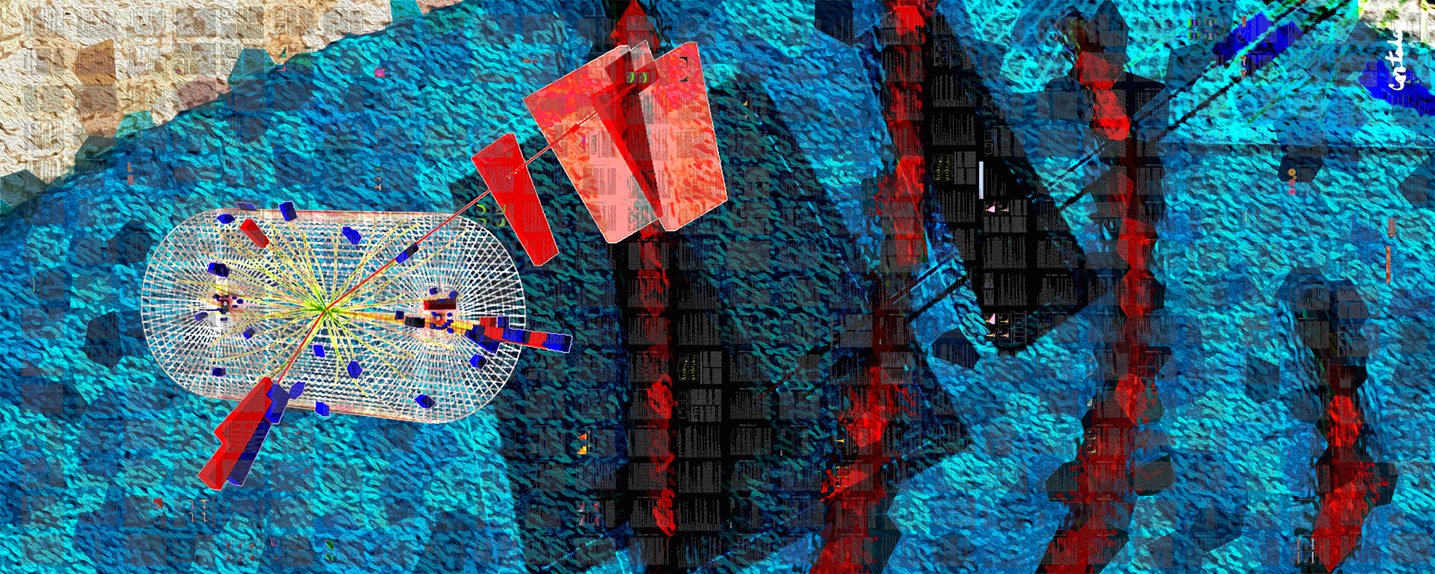
|
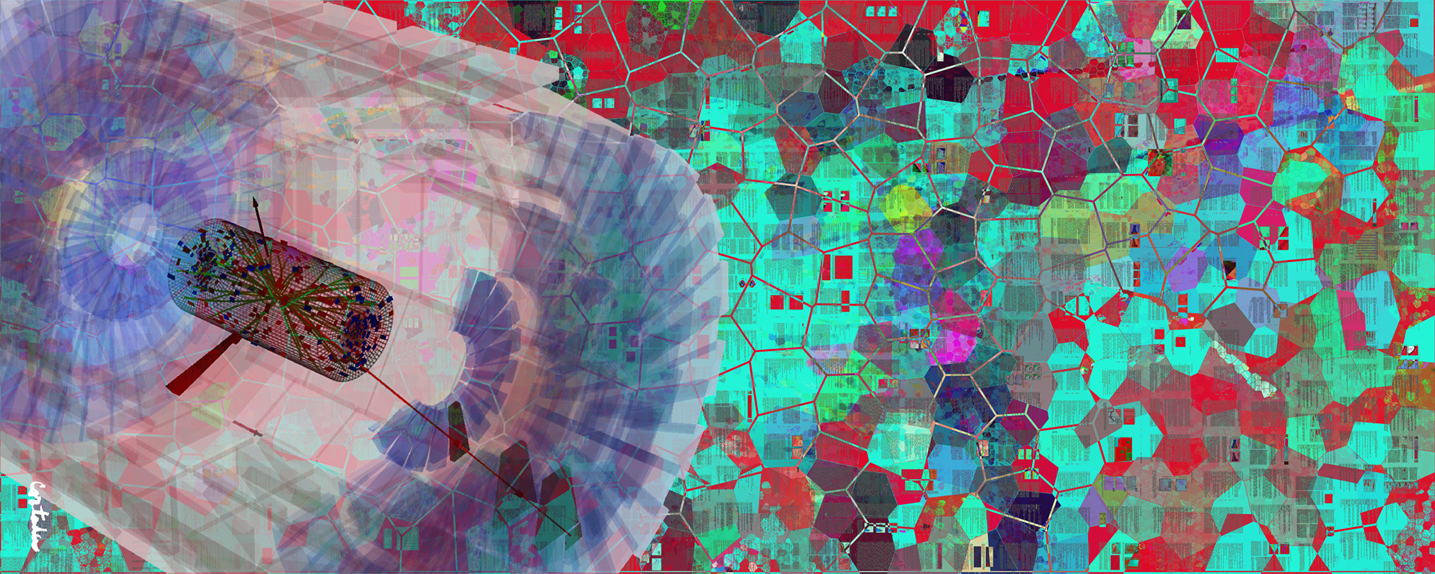
|